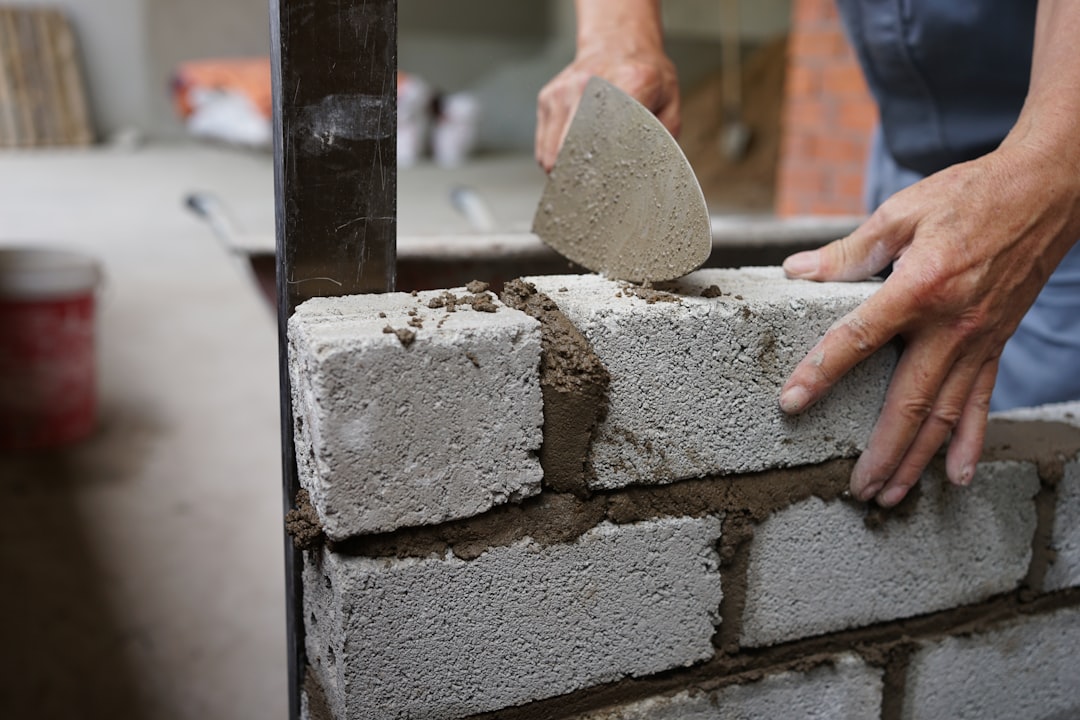Construction nails are seemingly simple components, yet their quality and proper selection significantly impact the longevity and structural integrity of any building project. Choosing the right nail isn’t just about aesthetics; it’s about ensuring safety and preventing costly repairs down the line. This comprehensive guide explores the standards and durability aspects of construction nails, equipping you with the knowledge to make informed decisions.
Understanding Construction Nail Standards: Size, Gauge, and Material
Construction nails are standardized according to several key parameters. The most crucial are size (length), gauge (diameter), and material. Size is measured in pennyweights (d), with larger penny numbers indicating longer nails. For example, a 6d nail is shorter than a 16d nail. Gauge refers to the thickness of the nail shaft, typically expressed as a number; smaller gauges indicate thicker nails. The material is usually steel, but variations exist, including galvanized steel (corrosion-resistant), stainless steel (superior corrosion resistance), and even specialized alloys for high-strength applications.
Standards organizations, such as ASTM International (American Society for Testing and Materials), define specific requirements for nail dimensions, mechanical properties (tensile strength, shear strength), and surface finish. Adherence to these standards ensures consistency and predictability in nail performance.
Understanding these parameters is vital. A nail that’s too short might pull out, while one that’s too long might damage the surrounding material. Similarly, a nail of insufficient gauge might bend under stress, compromising structural integrity. The choice of material depends on the environment and the intended application; galvanized nails are suitable for outdoor use, whereas stainless steel nails are preferred in highly corrosive environments.
The Role of Nail Durability: Factors Affecting Longevity
The durability of a construction nail is influenced by several interconnected factors. The material itself plays a significant role. Galvanized nails offer superior resistance to rust and corrosion compared to plain steel nails, extending their lifespan, especially in outdoor applications. Stainless steel nails provide the highest level of corrosion resistance, making them ideal for marine or chemical environments.
The nail’s hardness and strength are also crucial. Harder nails are less prone to bending under stress, and higher tensile and shear strength ensure that they can withstand significant loads before failing. The type of wood being nailed also plays a role; harder woods require stronger nails, and the angle of nailing can affect the holding power.
Finally, the surface finish can impact durability. A smooth, consistent finish reduces the risk of premature failure. Some nails have specialized coatings that further enhance corrosion resistance or provide additional grip within the wood.
Common Types of Construction Nails and Their Applications
Numerous types of construction nails cater to various applications. Common types include:
- Common nails: These are general-purpose nails with a relatively smooth shaft and a slightly tapered head.
- Finishing nails: These have small heads that are easily countersunk, making them ideal for finer woodwork.
- Box nails: These have a smaller head and are often used for assembling boxes and crates.
- Brad nails: These are very small nails used for delicate work.
- Roofing nails: These are designed with larger heads and rings to prevent them from pulling out of roofing materials.
- Drywall nails: These are designed to drive easily into drywall and minimize damage.
- Masonry nails: These are specially hardened to penetrate concrete, brick, or stone effectively.
Understanding the specific application of each type of nail is essential for achieving optimal results. Using the wrong type of nail can lead to structural weakness, aesthetic flaws, or even injury.
Testing and Quality Control of Construction Nails
Rigorous testing and quality control procedures are crucial in ensuring the durability and reliability of construction nails. Manufacturers typically subject their nails to various tests to assess their mechanical properties, including tensile strength, shear strength, and bending resistance. These tests often adhere to established standards set by organizations like ASTM International.
Furthermore, quality control measures are implemented throughout the manufacturing process to ensure consistent nail dimensions, material composition, and surface finish. This includes regular inspections and checks to identify and rectify any defects before the nails reach the market.
Reputable manufacturers provide certifications and test reports to demonstrate that their nails meet or exceed relevant industry standards. Checking for such documentation can be a valuable indicator of nail quality and reliability.
Choosing the Right Construction Nails for Your Project: A Practical Guide
Selecting the appropriate construction nails depends heavily on the specific application. Consider these factors:
- Type of wood: Hardwoods require stronger nails than softwoods.
- Intended application: Different nails are designed for different purposes (e.g., framing, finishing, roofing).
- Environmental conditions: Outdoor applications necessitate corrosion-resistant nails (galvanized or stainless steel).
- Load-bearing requirements: Heavily loaded structures require stronger nails with higher tensile and shear strength.
- Aesthetic considerations: Finishing nails are preferred when a smooth, countersunk finish is desired.
By carefully considering these factors, you can select the optimal nails for your project, ensuring both structural integrity and aesthetic appeal.
Choosing the right construction nails is a critical aspect of any building project. By understanding nail standards, durability factors, and the various types available, you can significantly enhance the longevity and safety of your work. Always prioritize quality and ensure that the nails you choose meet or exceed relevant industry standards.
Tags: construction nails, nail standards, nail durability, types of nails, construction materials




